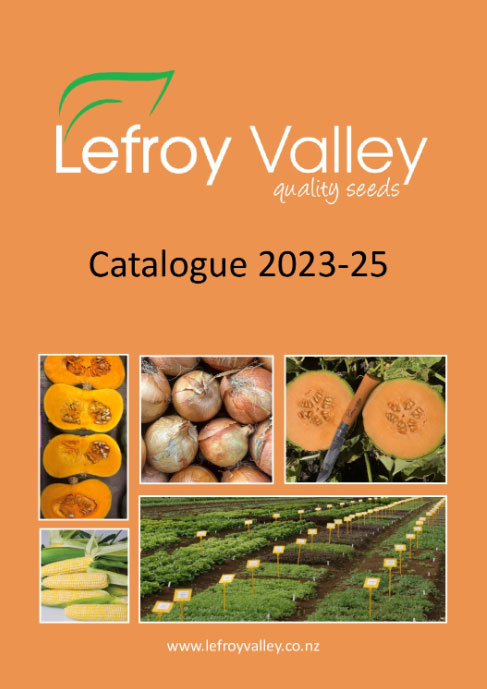What is Sclerotinia?
Sclerotinia species is a fungus. Sclerotinia minor (S. minor) attacks only lettuce while Sclerotinia sclerotiorum (S. sclerotiorum) can also be found on crops such as broccoli, cabbage, cauliflower, carrot, bean, tomato to name a few. S. minor normally infects through mycelium which comes into contact with the lower leaves and stems. Mycelium is the name given to the fine branching tubes that are the vegetative part of the fungi. Generally not airborne, but can be. S. sclerotinia on the other hand usually infects by aerial spores. The fungus lands on old or damaged tissue and spreads to the healthy leaves and stems. The sclerotia are black and hard. They are the result of the dense white, almost fluffy looking white bodies of fungus maturing. These sclerotia are also capable of producing mycelium which can directly infect the lower leaves and stems.
What is the effect on the plant?
Also commonly known as Lettuce Drop it causes the lettuce to eventually totally collapse. Over time there will be almost nothing left to see, but a space in your row. It first appears as small angular pale brown to grey-brown lesions. This then leads to severe degradation of tissue and resulting mushy rot. Ideal conditions for both species of Sclerotinia are wet – damp conditions. However S. sclerotiorum does require more humid conditions to develop and produce the sclerotia or fruiting bodies which produce the aerial spores.
How long can Sclerotinia survive?
Both species produce sclerotia which act like seeds. These sclerotia can survive in dry soil for up to 10 years. In wetter conditions it can be less at around 3-4 years in the absence of a host. The mycelium on the other hand survives on plant debris. The seeds or sclerotia of S.sclerotiorum are smaller, more angular and more numerous.
How to control Sclerotinia.
Control is a blend of chemical and cultural practices. This includes the use of fungicides, bio-control agents, crop rotation and soil amendments.
Crop rotation with any other crop will reduce the incidence of S. minor as this is lettuce specific, but is not so effective on S. sclerotiorum due to its wide range of host plants. A fallow period is not as effective at reducing the sclerotia as the effect of regulated wetting and drying of soil during a crop. Ideal crop rotation is 3-4 years and the use of Sclerotinia non host plants. This is not always that practical.
Fungicide efficacy is affected by disease pressure, weather conditions, method of application, overuse and crop canopy. Fungicides must be directed at the base of young plants to have any chance of being effective.
Biofumigants use the properties of some plants for disinfecting the soil. This includes some types of specialist mustards. Some soil amendments with high content of nitrogen have shown the ability to reduce sclerotia carry over. An example of such a product is Perlka.
Often it is a combination of several or all of these practices which is most effective in controlling Sclerotinia.

